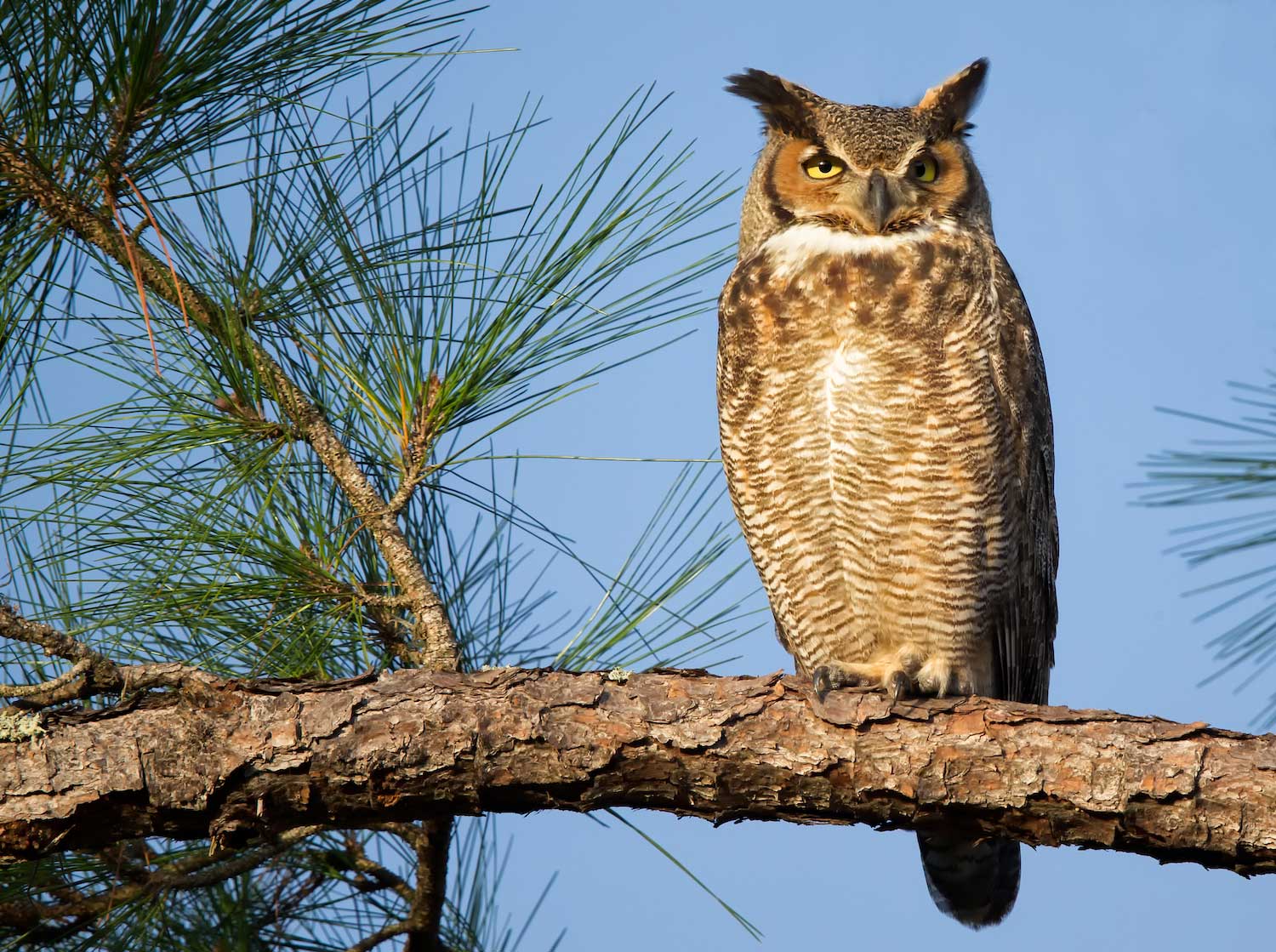What is an organism?
A living thing, such as a plant, animal, or fungus.
BONUS for 2X POINTS:
Do bacteria count as organisms? Why or why not?
Is our turtle pond an ecosystem? Why or why not?

YES, it is! There is food, water, and shelter for the organisms that interact with each other.
Once time, I brought a terrarium full of live ________ to class. I did this to show that an ecosystem needs ______, _______, _______, and _________.
Crickets! We were exploring what makes an ecosystem! I wanted to show you that an ecosystem needs food, water, shelter, and living things.

Is an owl an herbivore, carnivore, or omnivore?
Carnivore! They eat meat!

What is the name of the company Ms. Spangler works for? (Hint: it's not the name of your school!)
Quest in Science!
What is an ecologist?
A scientist who studies the interactions between organisms and their environment.
BONUS for 2X POINTS:
If an ecologist is someone who studies the interactions between organisms and their environment, what is a microbial ecologist?
List 3 biotic and 3 abiotic factors found in our turtle pond.

Biotic factors could include the algae, the fish, the ducks, or the turtles. Abiotic factors could include the water, the weather, the dirt, or the sunlight.
In the middle of the year, we dissected _______________. These contained leftover __________ and __________.
Owl pellets! These contained leftover bones and fur the owl couldn't digest.
BONUS for 2X POINTS:What animals did we find inside these pellets?
Is an owl a producer, primary consumer, or secondary consumer?
Secondary consumer! They eat the things that eat the grass!

What year did Ms. Spangler start teaching science? (Hint: many of you were only a year or two old at that point...)
2015!
I started out as Mrs. Walker's assistant!
What is a food chain?
A sequence that shows who eats who in an ecosystem.
BONUS for 2X POINTS:
What is a niche?
Describe a food chain that can be found in our turtle pond. Include a producer, a primary consumer, and a secondary consumer.

For example, algae takes in energy from the sun to make sugars (producer). The algae gets eaten by the fish (primary consumer), who are then eaten by the heron (secondary consumer).
Last week, we looked at _______________. Each one was either used for _______, ________, or _________.
Marine adaptations (or fish body parts!) Including shark fins, whale baleen, sawtooth shark snouts, and even lizardfish teeth. They were used for movement, food getting, or protection.
BONUS for 2X POINTS:
What was the sawtooth shark snout used for? How do you know?
Is an owl a mammal, a reptile, an amphibian, or an avian?
Avian! They're a kind of bird!

What is the name of Ms. Spangler's cat? (Hint: it's also the name of a white metamorphic rock, or a small glass ball...)
Marble!
(Also known as "Miss Creature")
What is an ecosystem?
A community of plants and animals and the non-living environment they live in.
BONUS for 2X POINTS:
What are the high level vocabulary words we use for living factors and non-living factors?
Come up to the board and create a food web for our turtle pond. Be sure to include the sun and a decomposer.

Let's review the answer together!
A few weeks ago, you became _______ and competed for food. Some of you were healthy, some were ________, some had only one _________, and some were __________!
Owls! Some of you were healthy, some were injured, some had only one eye, and some were parents!
BONUS for 2X POINTS:
What did this activity show you about how animals of the same species interact?
What are two ways an owl can interact with other organisms in its ecosystem?
The owl can hunt other organisms (like mice or rabbits), or it can compete with other organisms (like other owls and birds of prey) for resources.

2024! Just last year! Getting a teaching credential takes a long time!
What is the biosphere?
Earth’s thin zone of air, soil and water that is capable of supporting life.
BONUS for 2X POINTS:
How thick is the biosphere?
The people who own our turtle pond have just hired a new gardener. The gardener accidentally spills some weed killer into the pond while he is working. Thankfully, the weed killer is not toxic to animals. What will happen to the pond?

The algae will die out, which will cause the whole ecosystem to collapse unless there is enough biodiversity to keep the primary consumers fed!
By the way: this photo was taken at Averill Park in San Pedro. It's about a 2 hour drive, but you could go visit it some day!
Just recently, we explored ___________ beans. We found that __________ rain forests had the most ____________! (Hint: the first and last blanks are the same ;) . . . )
Biodiversity! Biodiversity means that there is an abundance of species inside an ecosystem. The tropical rain forest bags had way more different kinds of beans than the temperate rain forests!
BONUS for 2X POINTS:
How does biodiversity protect an ecosystem?
What kind of owl is Alexandra?
Great horned owl! These are some of the baddest owls around, so it makes sense people would make statues of them to put in their gardens!

What year was Ms. Spangler born?
1997! The same year NASA launched the Cassini–Huygens probe to Saturn!
